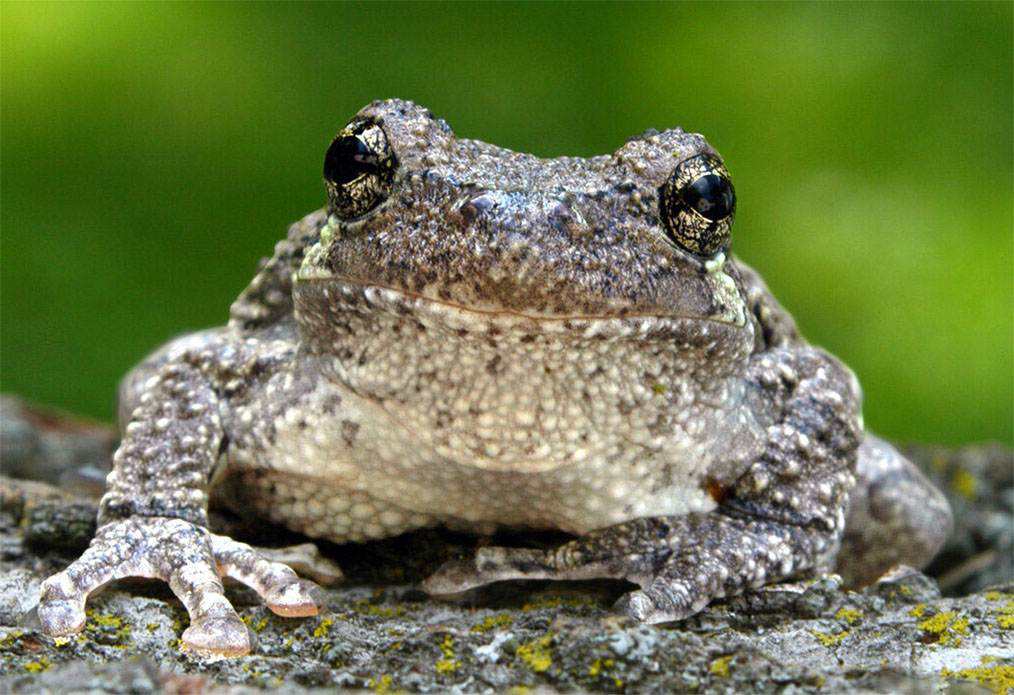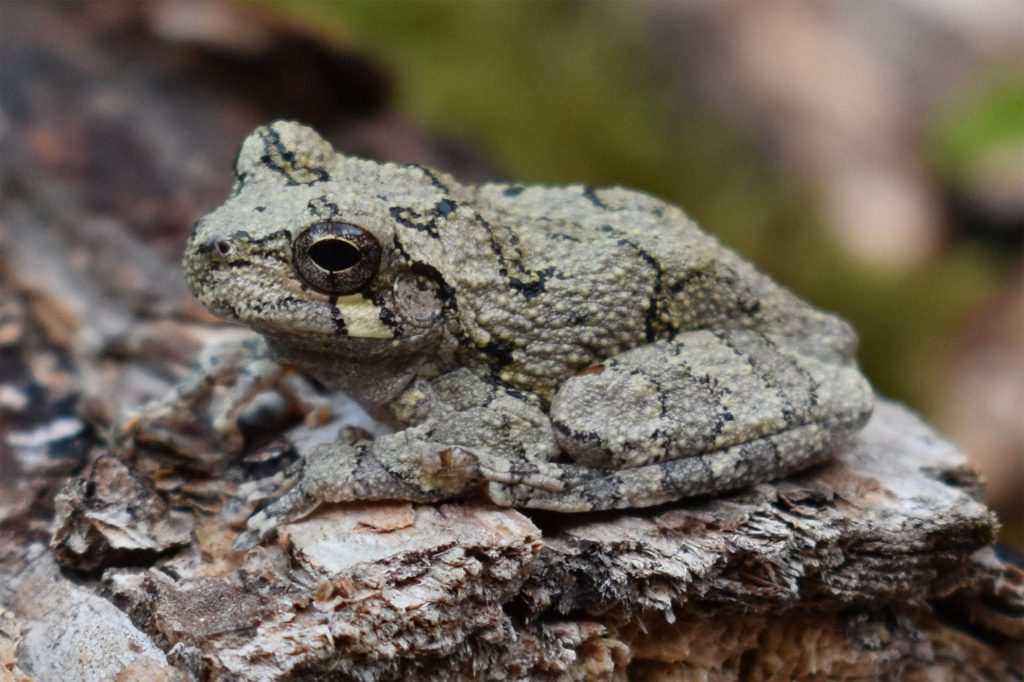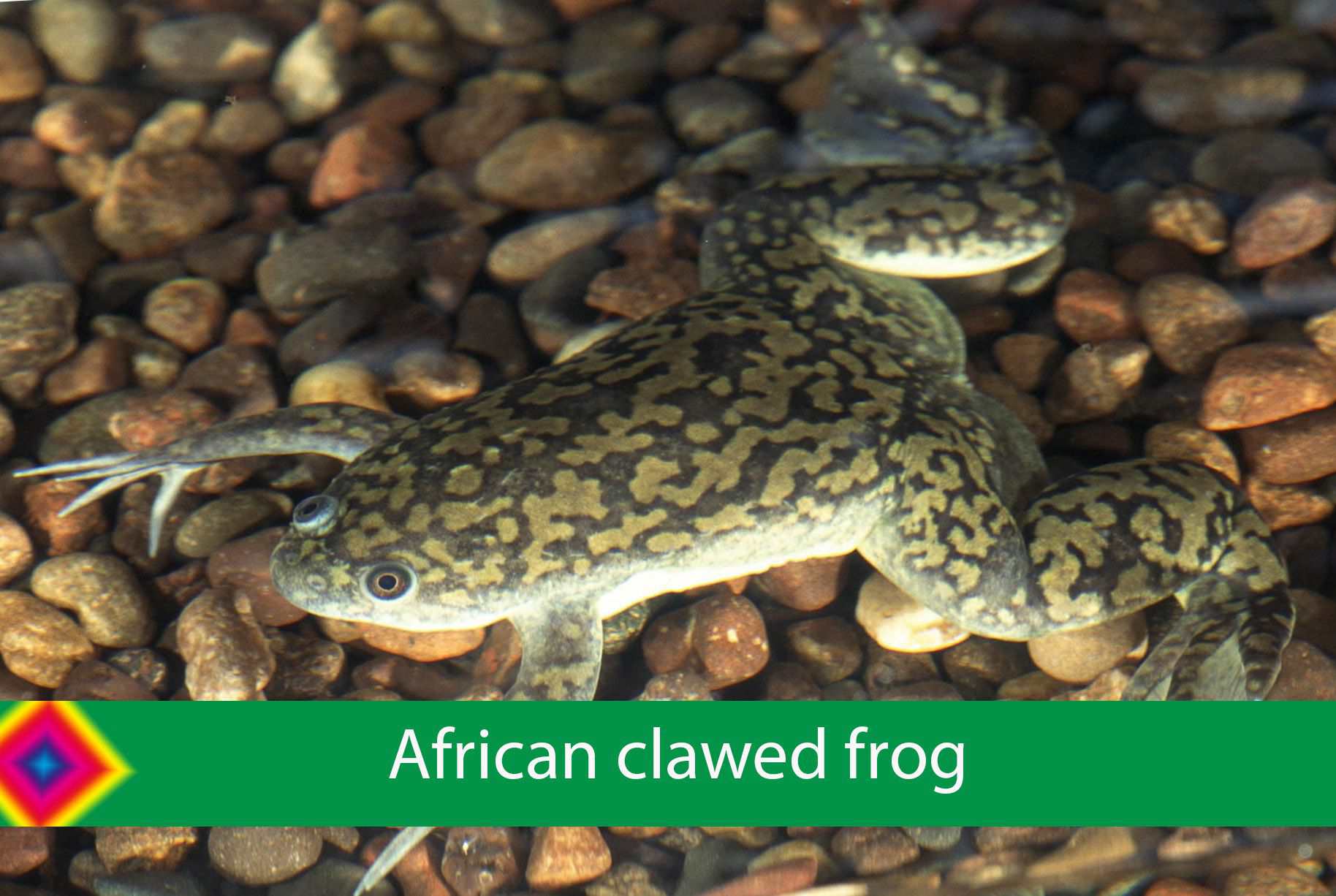The gray tree frog is named after it because it lives in trees. They can change their color to green. It is not easy to see them on the tree. They are almost the same color as the tree to survive.The gray tree frog (Hyla versicolor) is a small species of frog that can be found more often in the east of the United States and south of Canada. Gray tree frog call Hyla versicolor.
Cope’s gray tree frog

Sometimes it is also called the Eastern gray tree frog or common tree frog or tetraploid they to distinguish it from its more cousin. Cope It ( cope’s gray tree frog call Hyla chrysoscelis), which derives its name from Cope, a settlement in the state of South Carolina. And is genetically different from each other. . It is sometimes referred to as the North American Tree Frog by European zoologists to distinguish the European tree frog (Hyla arborea).
As it can be understood from its scientific name, they can have a camouflage ability between gray and green depending on their environment and can change color. The frequency of the spots on their skin is different and these spots are between black and white colors. Color changes occur more slowly in tree frogs than in chameleons. The skin color of a frog that is not found in a natural environment or is dead is predominantly gray in these conditions. Compared to other North American frog species. Gray tree frogs are very small and range in size from 3.8 to 5.1 cm. The skin of the gray tree frog is lumpy and has a warty appearance.
They are very similar in appearance to Cope gray tree frogs (Hyla chrysoscelis). But the most noticeable difference between them is their forms of sound. It makes sounds at shorter intervals and faster. In addition, it has an extra set of chromosomes (4N), a total of 48 chromosomes. Therefore, in the scientific field, it call Tetraploid .
You can compare gray tree frogs to the sound of birds when you hear the mating sound. Because they don’t make sounds like wrag wrog.
Gray Tree Frog lifespan is average 8 years.
Copes Gray Tree Frog is a relatively large tree frog. It reaches a body length of 30 to 50 millimeters. However, a record length of 62 millimeters has already been measured. There is no gender dimorphism between the male and the female. The skin of the tree frog is rough on the top and covered with numerous warts. Cope’s is able to transform the warty skin into a smooth surface. The body color fluctuates between gray, green, brown and pearl gray depending on the environment, mood and climate factors such as the season and humidity. However, the predominant color is gray with black spots on the back. The green color only occurs during the reproductive phase and in the annual frogs.
A striking feature is the white marking under the eyes. The eyes are clearly visible on the side of the head. The pupils, which are black in color and have a gold-yellow speckled ring, show a horizontal and slotted shape. They contract when the light falls, and the pupils dilate significantly in the dark. The ventral skin on the hind legs and in the groin area is golden yellow to orange in color and has black spots. The belly is colored white.
The extremities are relatively short and end in four toes on the front legs and five toes on the rear legs. The toes have so-called adhesive lamellae on the underside, which have a rounded shape. With the adhesive lamellas, Cope’s can hold onto vertical and smooth surfaces and surfaces. The male’s throat is dark in color during the reproductive phase. In this area the male has a sound bubble, which serves as a resonance body for courtship calls. In contrast to the gray tree frog (Hyla versicolor), the male of the copes gray tree frog with his sound bubble produces much more mechanically hectic courtship calls that sound less musical and sound more like a croaking duck and only produce a trill.
If you’re interested in toads, you should read our article.
https://petanimalworld.com/what-do-toads-eat-and-where-do-they-live/
Cope’s Gray Tree Frog Characteristics

Furthermore, Cope’s Gray Tree Frog has very good hearing. In addition to excellent hearing, he also perceives slight earth vibrations, but the good hearing and sensitivity to earth vibrations decrease during the winter. Because of the glycerin in the blood, Cope’s Gray Tree Frog has a high freezing tolerance of around 80 percent and can survive the severe frost in colder regions. In the frozen state, the heart stops and the metabolic activity is reduced to a minimum. In this energy-saving mode, it can hibernate at temperatures down to minus seven degrees Celsius and even more. For Cope’s , the glycerin acts as an excellent antifreeze.
The ice crystals that grow when the glycerol concentration is high are dull and therefore less dangerous for the cells. As a predominantly nocturnal frog, Cope’s gray tree frog usually only wakes up after dawn or with the onset of darkness and searches for its food in trees or bushes. During the mating season, Cope’s is mostly on the ground. During this time the male is very territorial. Otherwise, the male and female are tolerant of other frog species. However, they are also opportunistic cannibals and can eat their peers and other tree frogs if they are small enough.
Our previous article African clawed frog - Pet Frogs Our article titled african clawed frog albino, african clawed frog care ve african clawed frog tank mates about information is given.





